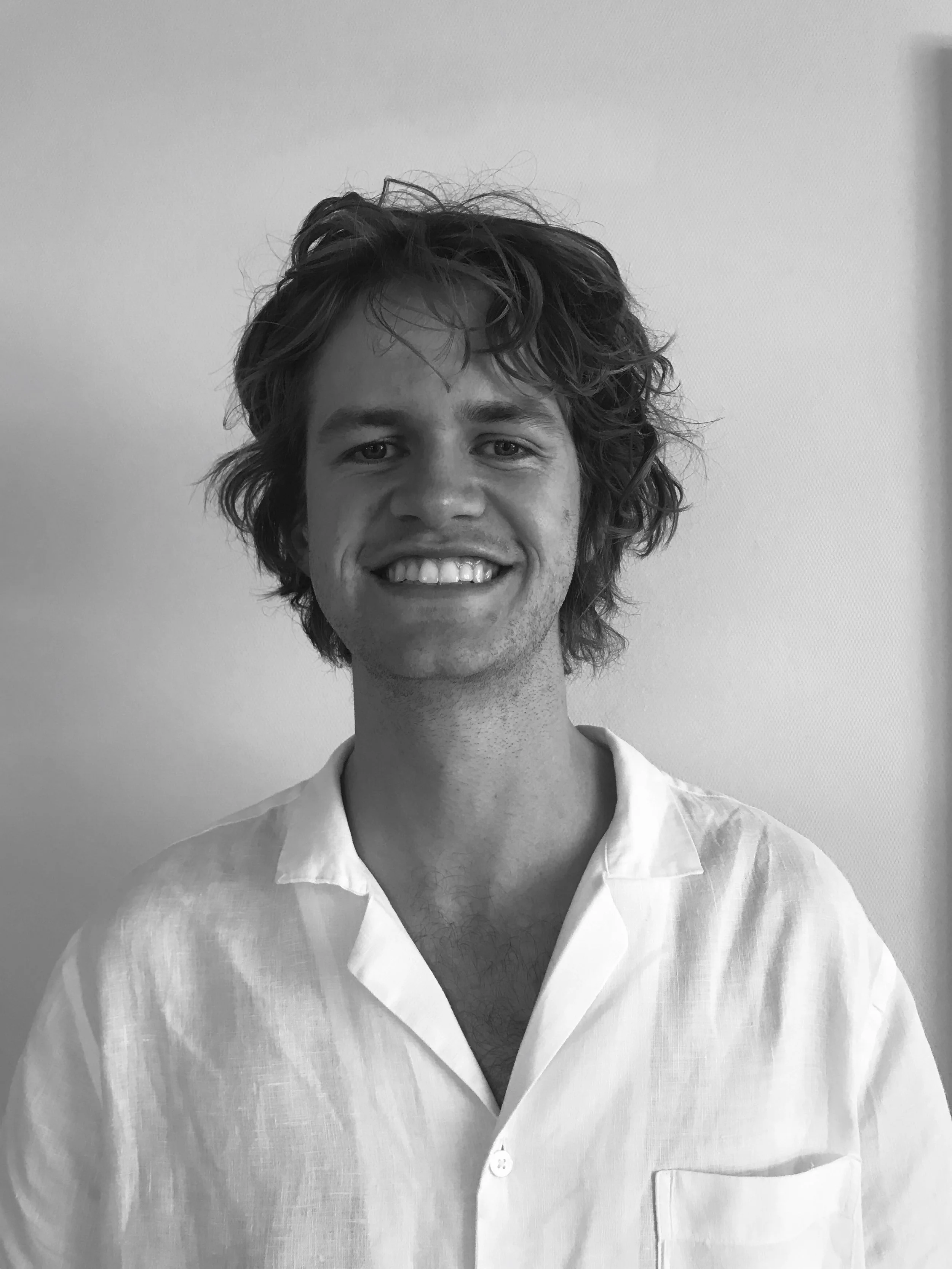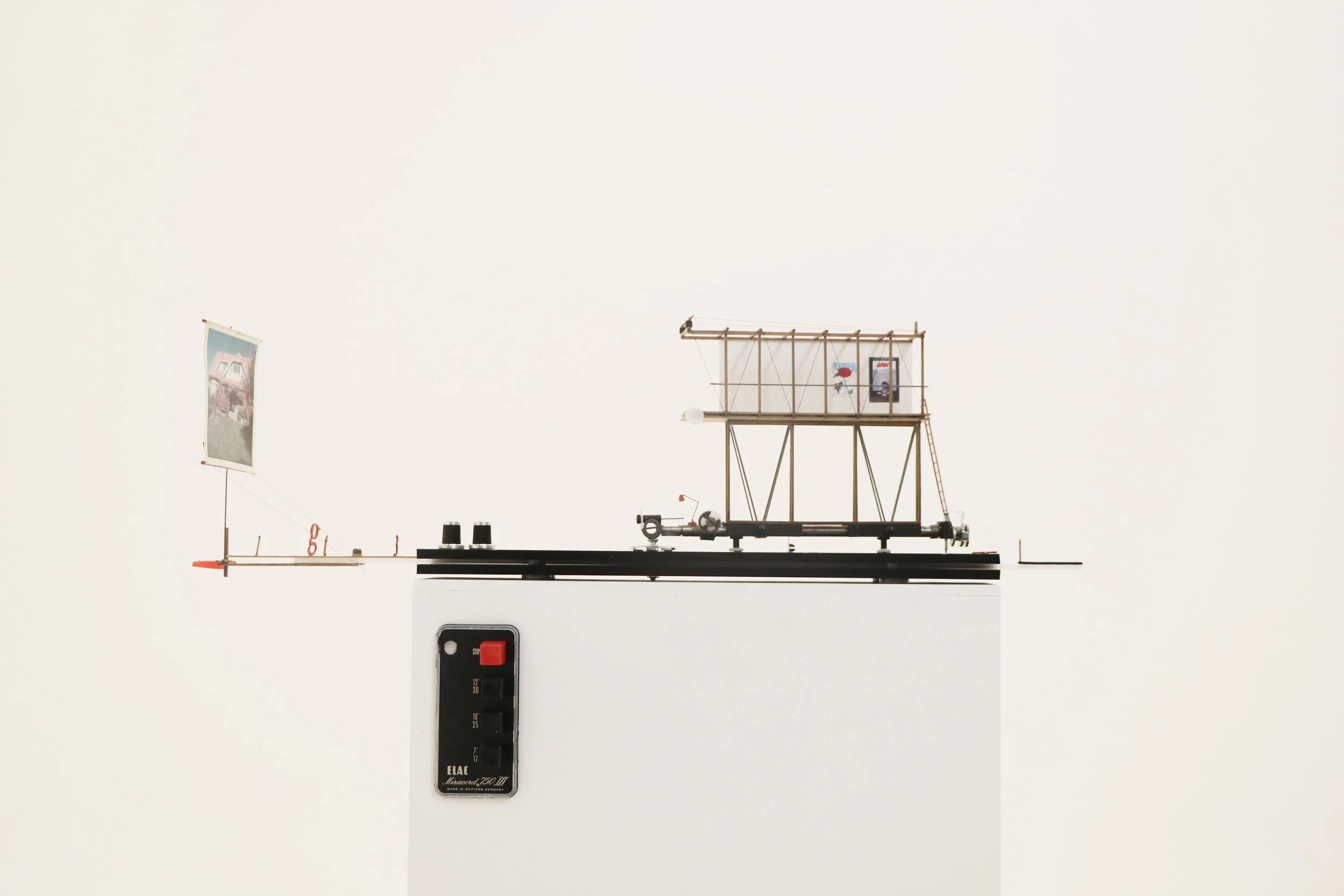Oliver Prisk
VUW Masters student Oliver Prisk is sharing his amazing project from his fourth year!
Read on to hear about the way he expresses his creative work and his experience as he starts his thesis year!
Kia ora, Oliver! Thank you for sharing your incredible work with us - tell us about your fourth year project!
My 4th year design projects were a result of using architecture to champion and respond to our natural landscapes in Aotearoa, providing a personal and collective sense of place and belonging. I love how architecture enables us to reflect upon our surroundings and how we relate to them, whether that be physically or emotionally.
The way in which I most enjoy expressing this is through hand drawing and physical modeling, as it allows me to express my work in a tangible way which myself and others can physically visualize and interact with. Growing up I have always loved model making and drawing creatively, so being able to integrate that with my architecture work is both exciting and rewarding and can’t wait to keep learning and developing my architectural ideas during thesis year!
The model-making methods you've shown us are exemplary! Can you walk us through your methodologies of physical replications of architecture?
Thank you! I think it really depends on the project and how you want to approach it. Within my modeling I always try to incorporate physical aspects which are unique to my project that really incorporate my overall thinking for the design. This can stem from identifying key aspects of the programme, site or even the design language itself.
For example, with an Environmental Parliament in Arthur’s Pass I used schist rock to convey the ground plane which my architectural model sat on, as it resembled the specific geological landscape of the site. The design is partly influenced by the train track that runs through the site, so the foundations of the architecture have been modeled to replicate this rustic look, while the use of fine metal rods, thread and laser cut supporting pilot is resembling the tectonics of the track. In terms of the model making itself, it requires a lot of patience and persistence.
Most of the modeling I do is by hand but more recently I have started to laser cut components to more accurately represent the finer parts of the architecture which is best represented in an interior model I did of a Mount Lyford residency.
You’re currently in your thesis year - When did you have the 'eureka' moment with your thesis topic?
At the start of the year my thesis topic was based around anthropogenic and natural changes in Southern riverscapes and how architecture can be used to critique and discuss these issues. I think the moment where I really felt I could begin to tackle this topic was when I looked into my fathers old bach on the Opihi River in South Canterbury which has now been destroyed.
Through the use of old imagery and super 8mm footage of the riverside and the architecture, I could really grasp and understand the importance and significance of this landscape and perhaps address the issue from a multi-generational personal viewpoint. Seeing as the year has just started, I can’t say with certainty that I have sorted my approach fully, but looking at this specific site and how it has evolved from the 1960’s till now has been a great start.
You mention the personal connection among natural landscapes, what's your analogy
among the natural landscapes you describe and design for?
It’s difficult to single out one as the various landscapes and sites we work within always have their own unique characteristics which are usually discovered through the early design stages.
The best example from my work is the Environmental Parliament in Arthur’s Pass. Through site research I found that Arthur’s Pass acted as this gateway in the South Island between the east and west coast, so I used that to inform the design as a way to navigate and move through the site and further this idea of connectivity. The wings and bridges which make up the Environmental Parliament orientate users to key views and moments within the site, championing the landscape.
How would you describe your journey through architecture school so far?
It has been tough at times but super rewarding. First and second year were definitely the toughest in the sense I would get so stressed and would have so many late nights, but I’ve discovered that as the years progress I have enjoyed the degree more and more and fourth year was so much fun (with hardly any more late nights!).
The important thing was being able to develop my own style and really hone in on what I love. I think third and fourth year is the time when you really discover this and get given a lot more freedom by the tutors to explore your architectural interests. Also, the studio environment is great as I have been able to meet and become friends with some awesome people.
Who inspires you among architecture?
With my Dad being an architect, it has always been fun being able to discuss ideas with him and the effort he has put into his career has always been inspiring. Doing these five years requires heaps of perseverance and determination and my Mum always helps me and inspires me to keep going which I always appreciate.
My favorite artist right now is Matt McCormick who does these amazing drawings integrated with his own pieces of art and photography. The use of mixed media has definitely inspired my personal approach with my work. I’ve also got a few mates in my studio who produce amazing work and working alongside them has always helped me and been a great learning experience.
Lastly, any advice to your fellow peers going ahead this year?
Do what you enjoy and have confidence in the work you produce. If you have come this far you will each have something unique to offer so hone in on that and have fun with it!
Thank you Oliver for sharing your amazing work! We cannot wait to see what you produce in your thesis year! All the best
Imagery contributed by Oliver Prisk, write-up by Fiona Yu









